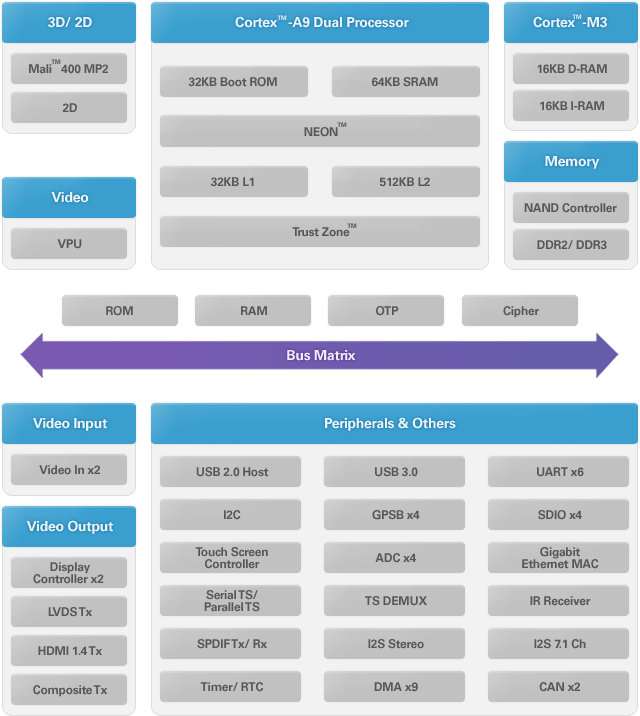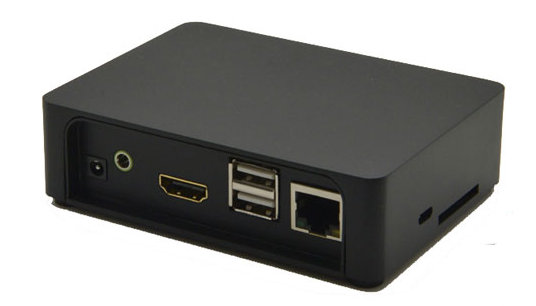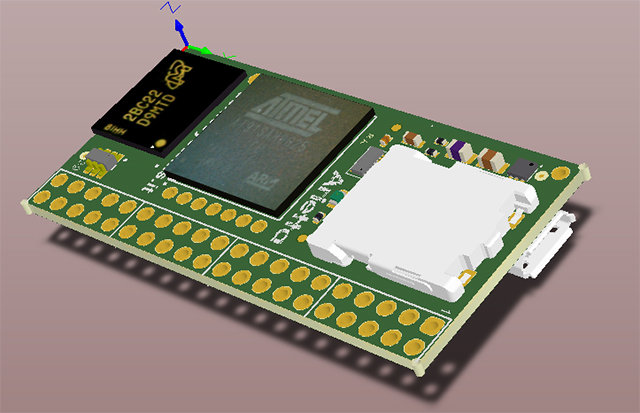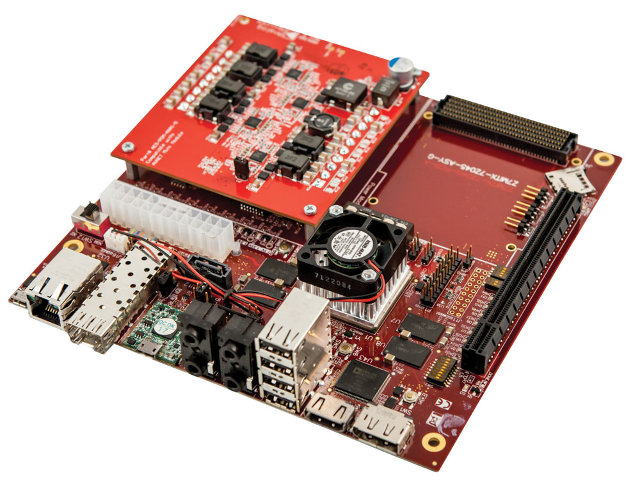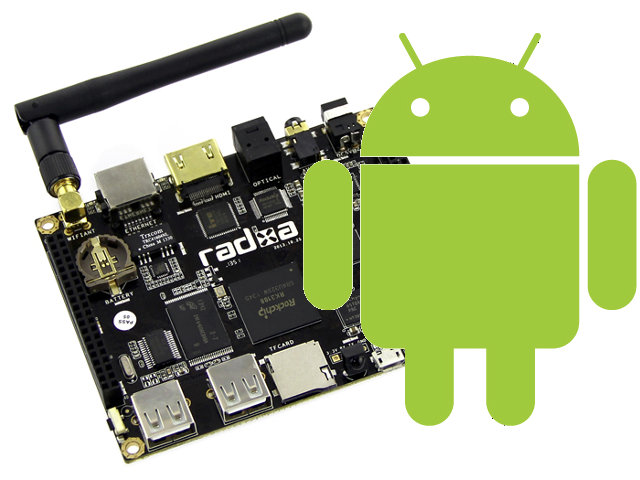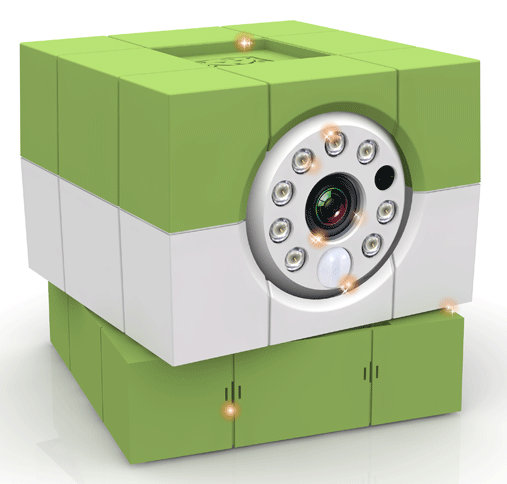Linus Torvalds announced the release of Linux Kernel 3.13 yesterday: The release got delayed by a week due to travels, but I suspect that’s just as well. We had a few fixes come in, and while it wasn’t a lot, I think we’re better off for it. At least I hope so – I’ll be very disappointed if any of them cause more problems than they fix.. Anyway, the patch from rc8 is fairly small, with mainly some small arch updates (arm, mips, powerpc, s390, sparc, x86 all had some minor changes, some of them due to a networking fix for the bpf jit). And drivers (mainly gpu and networking). And some generic networking fixes. The appended shortlog gives more details. Anyway, with this, the merge window for 3.14 is obviously open. Kernel 3.12 brought new features to BTRFS and XFS file systems, PC’s GPU drivers improvements, better memory handling, […]
Telechips TCC893x Dual Core ARM Cortex A9 + Cortex M3 SoCs: TCC8930, TCC8933, TCC8935
Sometimes last year, Telechips discreetly released a triple core SoC comprised of 2 ARM Cortex A9 cores and one Cortex M3 core for tablet, set-top boxes, media player and car AVN (Audio, Video & Navigation). A dual core release in 2013 may not be that interested, but the addition of a Cortex M3, and high performance interfaces such as Gigabit Ethernet and USB 3.0 may make it interesting. Let’s have a look. There’s very little information on Telechips TCC893x page, apart from the block diagram above and the following description: The TCC893x is a system-on-chip with powerful multimedia solution and high performance such as dual decoding. It is ideal for high-end multimedia devices such as Set top box, Media Box, Car AVN, and Tablet. TCC893x multimedia application processor based on Cortex-A9 Dual & M3 has multi-format hardware video accelerator optimized to reduce power consumption, high-performance 2D/3D graphic engine for rich […]
$69.95 NanoPC-T1 by FriendlyARM Features Samsung Exynos 4412 SoC
If you like low cost boards by Hardkernel such as ODROID-U3, but the add-ons required, and/or shipping costs put you off, an alternative will soon be available thanks to FriendlyARM NanoPC-T1, a tiny computer designed and manufactured by CoreWind Tech FriendlyARM Guangzhou, and powered by Samsung Exynos 4412 quad core Cortex A9 SoC with 1GB RAM, and 4GB built-in flash. FriendlyARM NanoPC specifications: SoC – Samsung Exynos 4412 quad core Cortex-A9 @ 1.5GHz + Mali-400MP4 GPU System Memory – 1GB DDR3 RAM, 32bit data bus Storage – 4GB eMMC Flash + SD Card slot Connectivity – 10/100M Ethernet (RJ45) Video Output – HDMI Audio – 3.5mm Audio Out jack USB – 1x micro USB OTG, 2x USB 2.0 host ports Expansions and I/Os: UART – 4 x TTL UART LCD – TFT LCD interface, support Capacitive/Resistive touch driver 2x Digital sensor input CMOS CAMERA Interface MIPI interface – Support HD […]
9.99 Euros Arietta G25 Board Features Atmel SAM9G25 (ARM9) Processor
Acme Systems Aria G25 is a tiny system-on-module (SoM) based on Atmel SAM9G25 that sells for as low as 24 Euros. The company is now working on an smaller and lower cost ARM Linux module based on the same processor called Arietta G25. The board targets the hobbyist market and IoT (Internet of Things) applications. Arietta G25 specifications: CPU – Atmel AT91SAM9G25 ARM9 @ 400Mhz System Memory – 128 MB DDR2 Storage – MicroSD Socket for up to 32GB bootable Linux microSD (not included) I/Os and other available pins (via 2.54mm though holes): USB – 1x USB 2.0 host/device (High Speed), 1x USB 2.0 host(HS), 1x USB 2.0 host (FS) Serial – 1x UART (RXD,TXD,RTS,CTS), 1x I2C, 1x SPI bus 1 with 2 chip select (5 to 50 MHz) 4x PWM 4x 10-bit A/D converters 1-wire bus 5V, 3.3V, GND, VBATT signals Header for Wi-Fi module Power – Single 3.3 […]
Xilinx Zynq-7000 All Programmable SoC Mini-ITX Development Board
Avnet has recently introduced Xilinx Zynq-7000 All Programmable SoC Mini-ITX Development Board powered by the top of the range Xilinx Zynq-7045 or Zynq-7100 dual ARM Cortex A9 + FPGA SoC with 2 GB DDR3 SDRAM, PCIe Gen2 x16 Root Complex slot (x4 electrical), SATA-III interface, 10/100/1000 Ethernet PHY, and more. Target applications include PCI Express, embedded controllers, general-purpose prototyping, networking and communications, storage and servers and video applications. Here are the motherboard specifications: SoC – Xilinx XC7Z045/XC7Z100-2FFG900 dual core ARM Cortex A9 @ 800 MHz + Kintex-7 FPGA with respectively 350K Logic Cells (~5.2M gates) and 444K Logic Cells (~6.6M gates). System Memory – 1 GB PS DDR3 SDRAM, 1 GB PL DDR3 SDRAM Storage – 32 MB of QSPI Flash, 8 KB of I2C EEPROM, SATA-III Interface, and microSD Card Interface Real-Time Clock Connectivity – 10/100/1000 Ethernet Interface Video – LVDS Touch Panel Interface, HDMI Interface Audio – Audio input […]
Getting Started with Raxda Rock – Building an Android 4.2 Image from Source
I’ve posted some pictures, and show some basics how to get started in my first post about Radxa Rock. Today, I’ll post my experience trying the instructions to build Android for Radxa Rock in Ubuntu 13.10. Many of the instructions are also valid for other RK3188 devices. The source code is currently located in a private git repository, and if you’re sure you want to get the Android source code, you should send an e-mail to support@radxa.com to be granted access to their private repo. Within minutes, I’ve received an email with the subject “GitLab | Account was created for you” to register an account. You’ll then need to add an SSH key just like you’d do for Github. Assuming you’re already using a service like github, you should already have SSH key. Simply type cat ~/.ssh/id_rsa.pub, copy the output, and go to git.linux-rockchip.org/profile/keys, login if needed, and click on […]
Amaryllo iCam HD is a Smart Wireless IP Camera Controllable via Skype
Amaryllo iCam HD is a Linux based smart network HD (720p) Camera with Wi-Fi 802.11 b/g/n + WPS connectivity, infra-red vision, 100 degrees view angle, and 360 degrees view possible via remote pan-and-tilt, a microphone, a speaker, a micro SD card slot for video recording, a motion sensor, and a micro USB port for power via a standard USB power adapter or a USB power bank. On top of that, you can easily remotely access the camera via Skype by calling from your computer or your smartphone just like you would do to call a friend or family member. The camera can be used to watch after your loved ones: babies, aging parents, pets…, and for home security. I could also envision using it with people who are close to you that are not comfortable with computers. You could just set it up for them, and call them directly without […]
Radxa Rock and ODROID-U3 Quad Core Development Boards Comparison
If you want a quad core development board for less than $100, you only have two choices right now: Radxa Rock powered by Rockchip RK3188, and Hardkernel ODROID-U3 powered by Samsung Exynos 4412 prime. There are also a few Freescale i.MX 6Q boards such as Wandboard Quad and UDOO Quad for around $130 which you could consider because of potentially better software support and features like SATA, but in this post, I’ll compare Radxa Rock and ODROID-U3 to help you decide which one may be right for your application or project. Let’s get right to the subject, with a side-by-side comparison table. Radxa Rock Hardkernel ODROID-U3 Comments Processor Rockchip RK3188 ARM Cortex-A9 quad core @ 1.6Ghz Samsung Exynos 4412 Prime quad core Cortex A9 @ 1.7 Ghz Slight advantage for ODROID-U3, but it’s basically a draw. GPU ARM Mali-400 MP4 GPU ARM Mali-400MP4 GPU @ 440MHz Same GPU, that’s a […]



